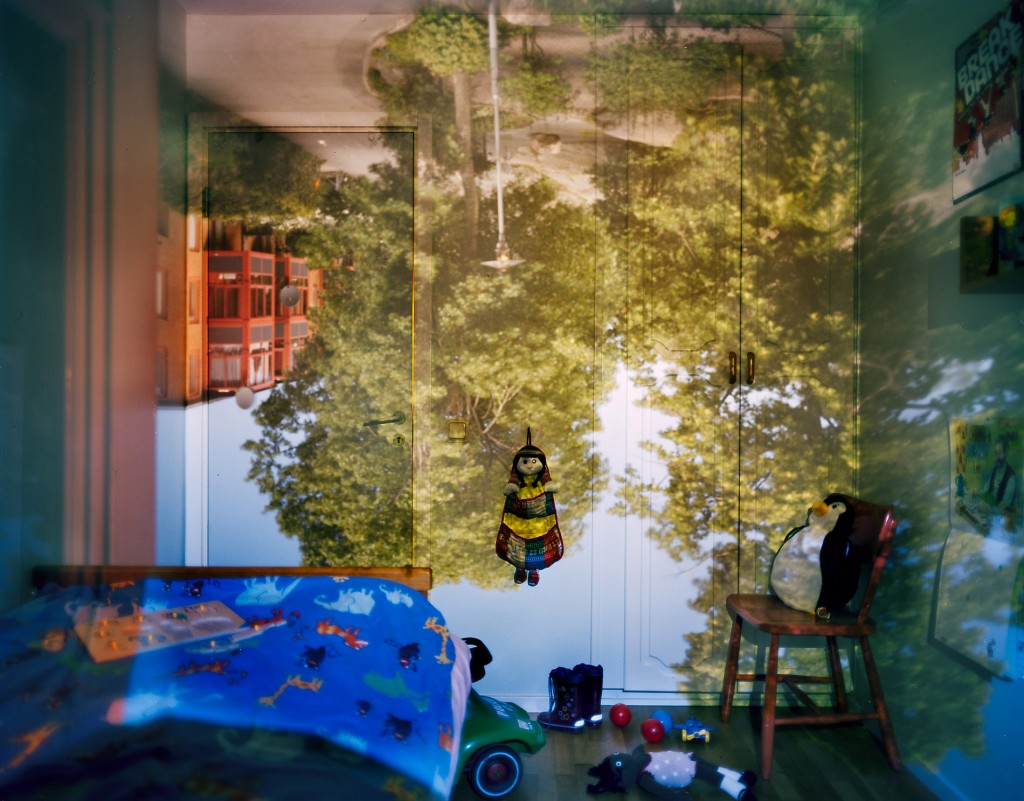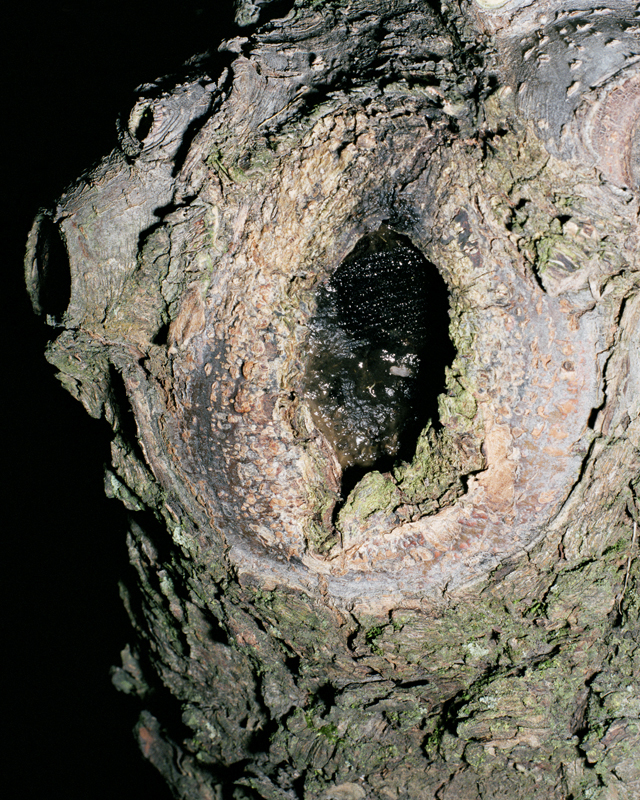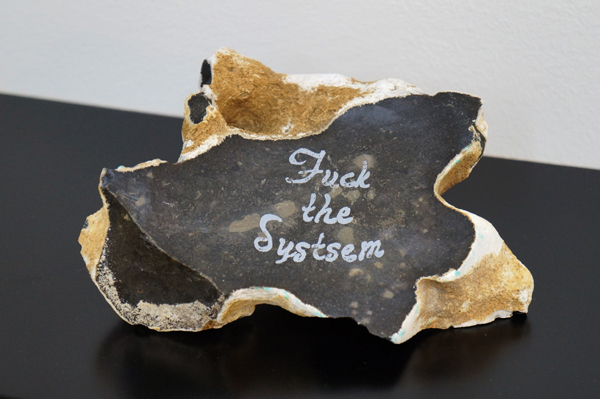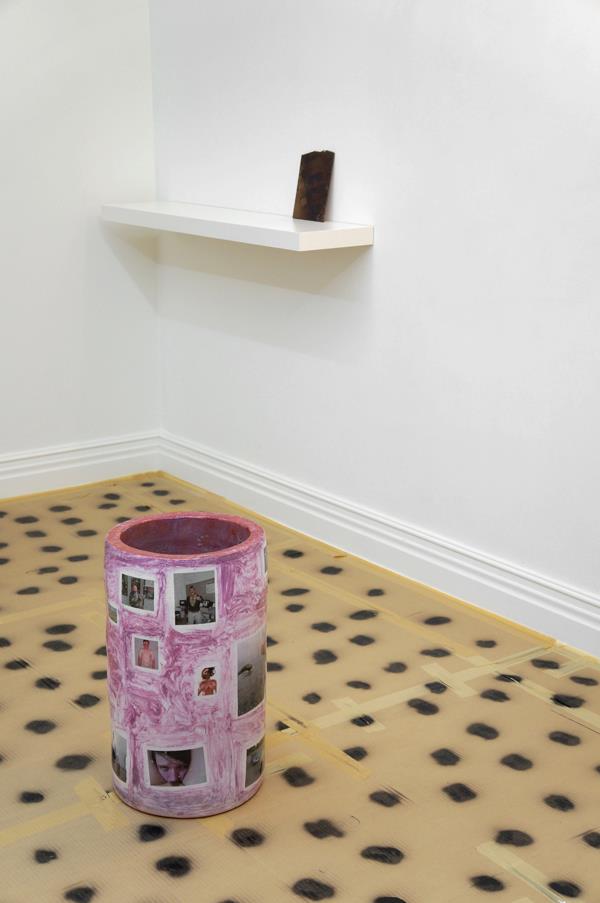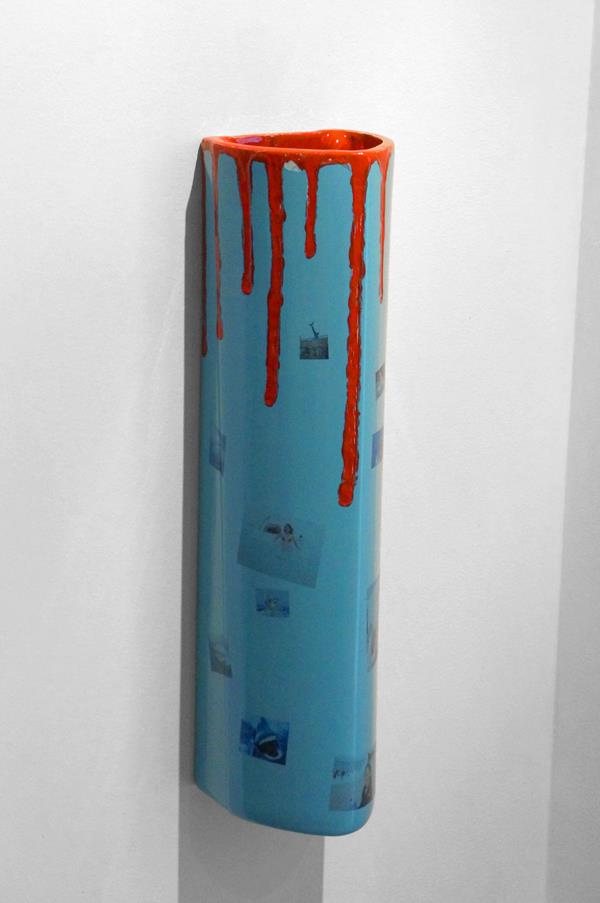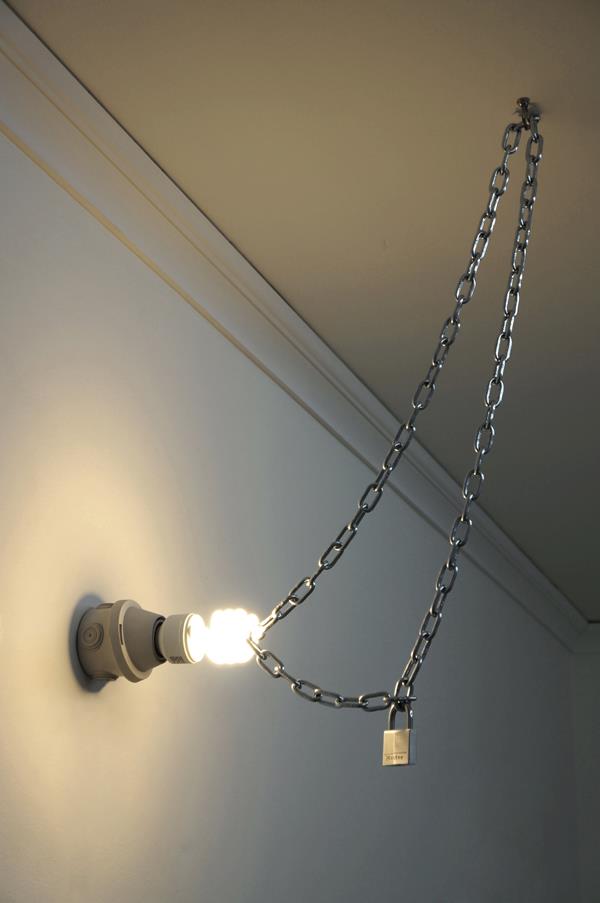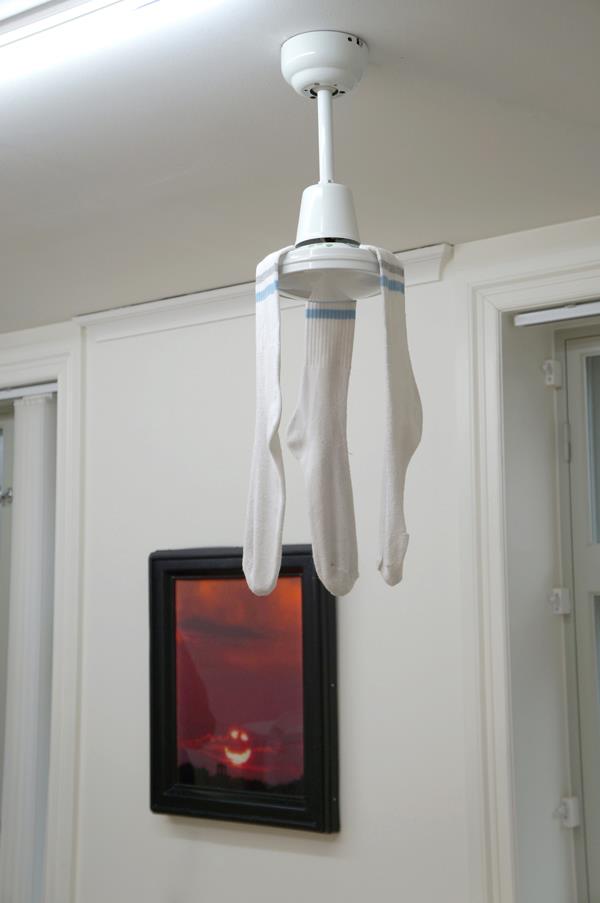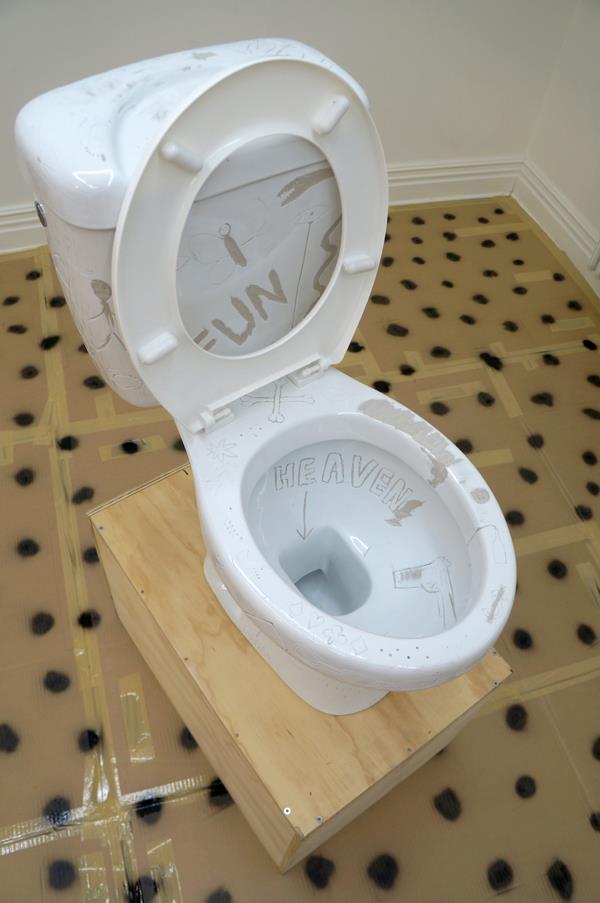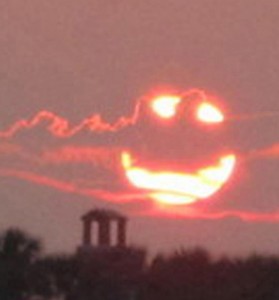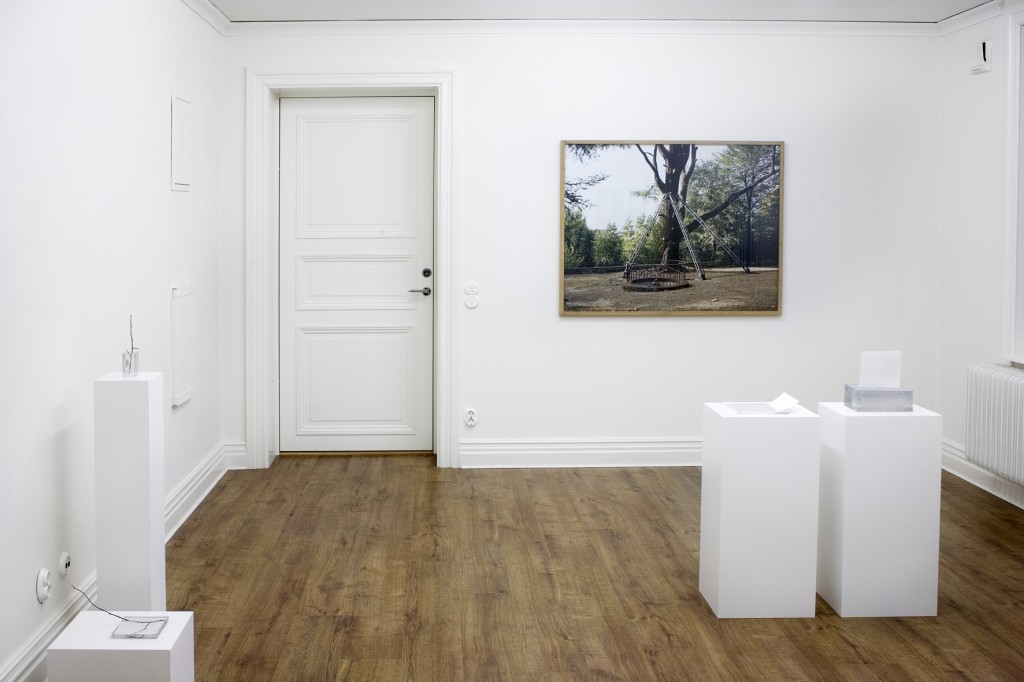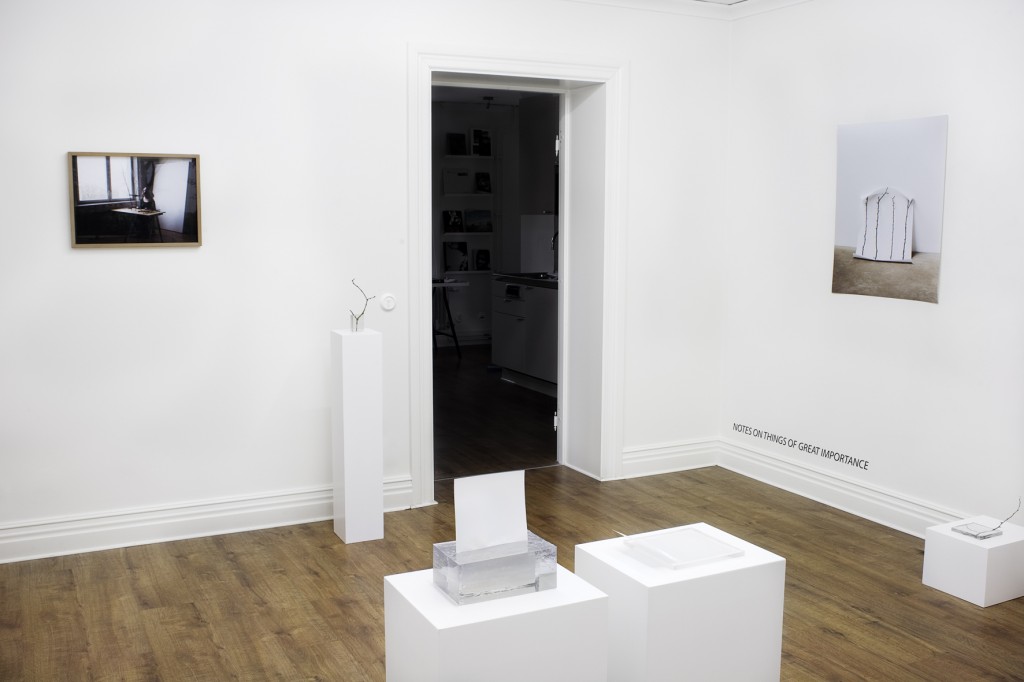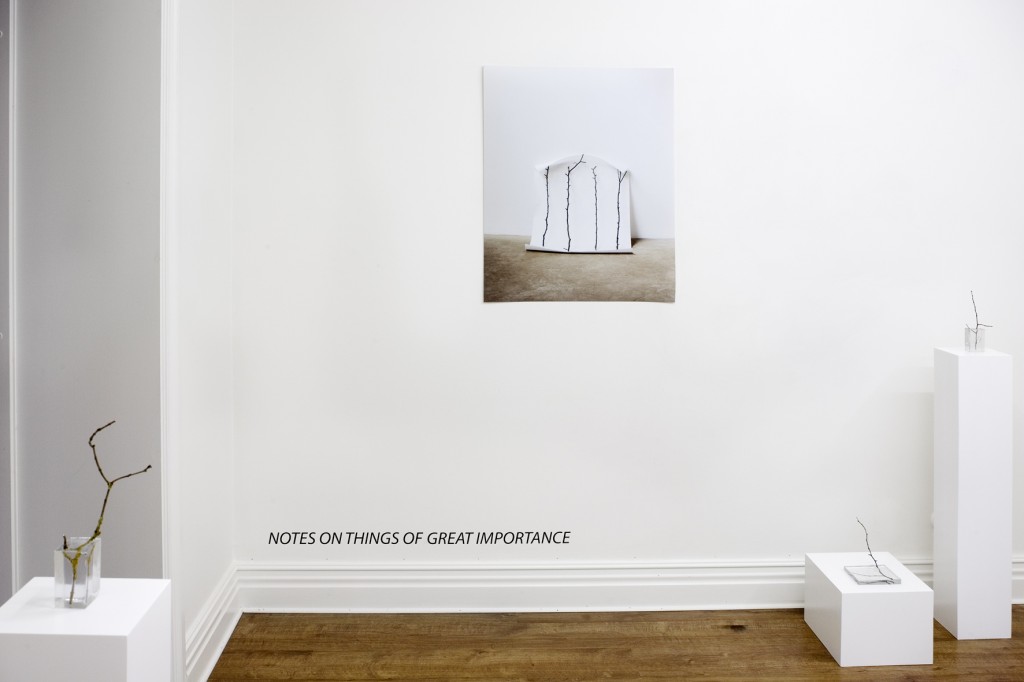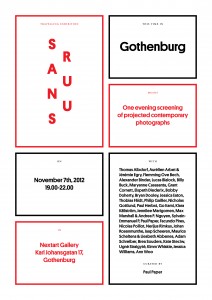Interview with Hendrik Zeitler
Your works are often mirroring alternative lifestyles, sometimes the photographs may even work as eye-openers. I’m thinking of “A Place of One’s Own”, but I’m particularly thinking of “The Chosen One’s, where cows have been photographed shortly before slaughter. Is this something you’ve thought about – that you, with your art, have an ambition to change the society and its injustices – or are these works rather a natural result of your own lifestyle and your own decisions?
So shortly before slaughter aren’t those cows in “The Chosen One’s – they are mostly dairy cows that may live a few years. But they don’t get their twenty years that they could have, although they get a longer life time than those bred for slaughter (and dairy cows’ male calves), who only live one year.
I never thought about publishing or showing the images in the “A Place of One’s Own”-series at first, besides to those who were living in the houses. The same applies for many other series, which I initially think is interesting. I test the works and “refine” them all the time, without any thought of a potential audience. Sure, the images reflect my political stance and my interests, but art is still such a narrow field that I don’t have high hopes that my pictures could be so cataclysmic.
Is it important with empathy in photography? And above all – can compassion be hard to reach through the many times so objectifying and distancing camera?
Empathy is probably an important ingredient in photography, but in the way that photography becomes more honest if there is a genuine interest; when the pictures aren’t just a result of mercantile interests, sensationalism or are produced under time pressure. I think that if you have good faith and are focusing on a subject in dept, over a longer time, photography becomes a great tool to show empathy.
Can you tell us some more about the works you are presenting at Nextart Gallery at the moment?
The works on Nextart mostly consists of images that are assembled according to a specific technology, which is a rather unusual approach. Both the overexposed flash portraits and the pinhole camera pictures derive from my fascination with the analog photo, its optical rules and the process of working with the photo negative. Several of the pinhole camera images have also become a very suitable part of my previous images of Hammarkullen, which in many ways deals with the mixture between city and nature. The flash images have not yet been mixed with any other series – and still it’s very few of my other images that show people.
Did anything peculiar or unexpected happen in the “Camera Obscura”-pictures? Did they surprise you?
The picture with the light spot that moved over the wall for three hours was the first image where I found a faint structure from the trees at the wall. And then everything went so well (while the exposure time became terribly long). The clear and colorful images that appeared on the wall surprised me quite a bit. Every time I prepare a room, new aspects appear to surprise me. When the eyes have got used to it, it is fascinating to see people walk over the roof, while new sounds, both from indoors and outdoors, gets mixed up. It’s really like being inside a camera.

